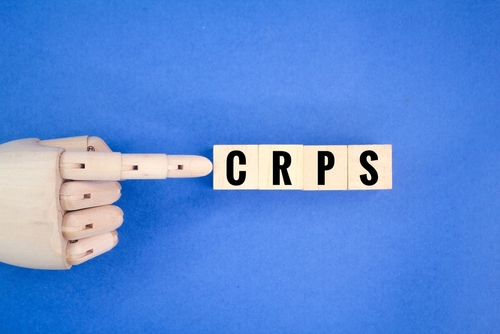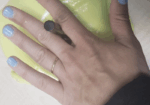Risk Factors for Complex Regional Pain Syndrome (CRPS) in Patients with Hand Trauma
Filed under Reviews
Hand Trauma and CRPS in patients attending Hand Therapy
By Tristany Hightower
Savaş, S., İnal, E. E., Yavuz, D. D., Uslusoy, F., Altuntaş, S. H., & Aydın, M. A. (2018). Risk factors for complex regional pain syndrome in patients with surgically treated traumatic injuries attending hand therapy. Journal of Hand Therapy, 31(2), 250–254. https://doi.org/10.1016/j.jht.2017.03.007
The Skinny
This study investigated the risk factors for CRPS after hand trauma that required surgical intervention.

In the Weeds
Patients who sustained a hand trauma were evaluated at three days postoperatively and throughout three months of hand therapy to evaluate for symptoms of complex regional pain syndrome (CRPS). The following criteria was gathered.
- Age
- Sex
- Work Status (manual labor vs. non-manual)
- Pain level at three days post-op
- Injury type (Crush injury, cut laceration injury, blunt trauma)
The pain was measured using the Pain Numerical Rating Scale (PNRS).
Patients presenting with CRPS symptoms (using Harden et al. 2007) throughout the 3-month period were referred to another medical professional for evaluation/diagnosis of CRPS.
Bringing it Home
68 of the 260 patients were diagnosed with CRPS. Over half of those diagnosed with CRPS were diagnosed in the second month of rehabilitation. Age, sex, and work status were not significant risk factors for CRPS. A score of >5 on PRNS at 3 days post-surgery was a risk factor for CRPS. Crush injuries were also a risk factor for CRPS (4.7x more likely to develop CRPS). Postoperative pain and type of injury should be carefully investigated in hand therapy practice to identify early signs and potential risk factors for developing CRPS.
Rating: 3 out of 5
In contrast to other studies on CRPS, this study found that being female was not a risk factor for CRPS. These results could have been impacted by the number of males in the study compared to females (n=210 vs. n=50). This is a threat to external validity, impacting the generalizability of the results. Also, due to the complex nature of CRPS, diagnostic criteria can vary between studies/medical providers. This makes the results in this study only generalizable to other studies that utilized the same diagnostic criteria.
More To Read
Sesamoid Bones: What are they and what do they do?
By Brittany Carrie A Student’s Perspective During the first few weeks of my rotation, I was exposed to many new and exciting things that I had not been exposed to in the classroom setting. I observed and helped treat patients who had undergone severe trauma from lacerating tendons to complete amputations, saw different splinting techniques,…
Read MoreIntrinsic Hand Strengthening with Puttycise Tools
We are always looking for ways of the intrinsic hand strengthening. It is easy to overlook the importance of these small but mighty muscles. They are essential to performing functional grasps patterns. They can become weak in a short period of time due to their small size. So, How does intrinsic strengthening work?! The Basics…
Read MoreIncrease Shoulder Range by Improving Scapulohumeral Rhythm
Scapulohumeral rhythm is often the key component when treating shoulder conditions and the lack of total shoulder range of motion. This may also be a critical component to prevent shoulder conditions during the rehabilitation of other upper extremity conditions such as distal radius fractures, tendon injuries, and elbow injuries. Scapulohumeral rhythm is the rhythm in…
Read More5+ Common Mallet Finger Splints
Finger orthoses can be tough, and the mallet orthosis is no exception in hand therapy. The protocol for 15 degrees of DIP extension with mallet fingers is tricky to manage while making a common mallet finger splint. Small splints on little fingers are also tricky to get sized just right and with strapping in the…
Read MoreSign-up to Get Updates Straight to Your Inbox!
Sign up with us and we will send you regular blog posts on everything hand therapy, notices every time we upload new videos and tutorials, along with handout, protocols, and other useful information.






